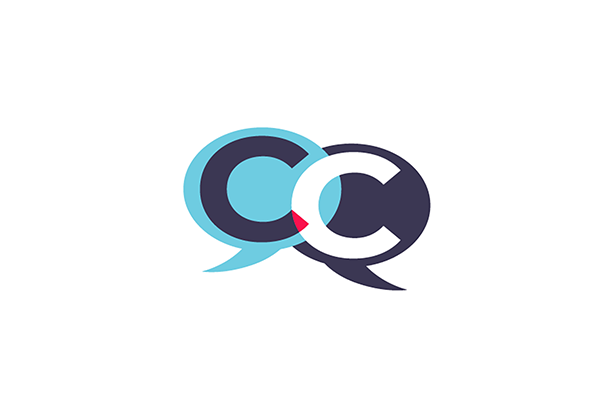By Lydia
We have talked previously about the stickiness that can be felt when trying to make change happen in the public sector, and how the approaches adopted during COVID impacted massively on our ability to take action.
Pre-COVID, it was quite difficult to get traction and make things happen. COVID brought us together and change happened fast. Our White Paper on Managing Change During the COVID-19 crisis identified those pre-existing relationships with partnership bodies that were able to quickly marshal and share resources. In the absence of bureaucracy, plans, paperwork and service level agreements, people came together and worked to achieve shared aims and goals.
How did you pull together and lead significant change at the core business level?
You started talking, listening, communicating across departments and partnerships, and testing ideas. This was a far cry from where partnership conversations were previously getting stuck around budgets, structures, agreements, and processes. Governance was proportionate and it unleashed creativity and effective collaboration. And things got done!
Everyone was happy.
This human approach where ideas were shared, creativity was encouraged, and people were empowered to use the skills they were trained in showed you how co-production should be done. This led to action!
So, what are the five top tips for taking action?
1. Purpose and clarity. You started by outlining what’s important and what the shared aims were. These were specific and all partners bought into them, as they understood the drivers and how they would impact on the end goal. Service providers, partners and communities were clear on the objectives, in agreement with the process that needed to happen and barriers to resistance were raised enabling change to happen faster, in a kinder, more cost-effective way.
2. Collaboration and co-design. Collaboration was key to understanding how to drive effective change. You must look back at how successfully you built relationships and achieved goals during the COVID-19 pandemic and what you learned about the importance of partnerships.
3. Governance and culture. For the first time, governance was proportionate, and the rhythm of bureaucracy changed. Hierarchies flattened and people were given space to be creative and permission to fail quickly and try again. We came off the hamster wheel and became learners again. It was exciting. Innovation happened, people felt empowered, there was a culture shift, and action took place.
4. Capacity. This was overlooked significantly during lockdown. What we think we need and how long we think it takes to get something done is often underestimated. Map out your capacity against every task that needs to be actioned, no matter how small. Log how long it will take and if it is reliant on other dependencies. Ask yourself ‘what are the risks here?’ Do we need more time? More capacity? Is the demand for capacity consistent or are there peaks of activity demanding more resource? Plan it out. Make the adjustments needed.
5. Be human. Something many of us had not experienced in a long time! Empathy. Compassion. Conversations that engaged us on a personal level. That feeling that someone was listening, someone was interested in my opinion. My work counted. Empowerment drives change and, importantly, it keeps momentum going.
If you want to understand more about taking action, then we are here to help.
If your organisation is going through change and transformation and you would like to sense check how ready you are for change, try our free Change Readiness Tool and get you Change Readiness Report emailed back to you within a few minutes.
Book a call with us if you wish to understand more about how we can help you to take action.
